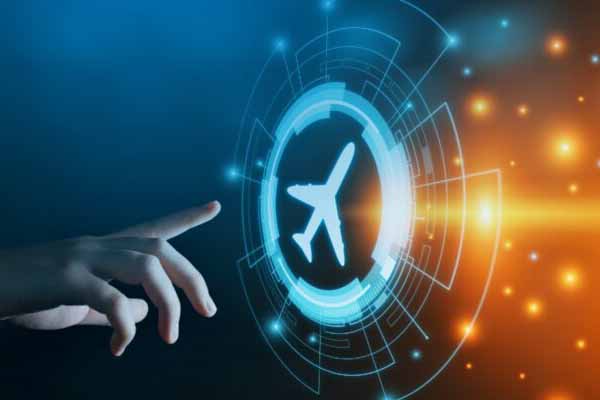In today’s fast-paced world, airports have become bustling hubs of activity, with millions of travellers passing through the gates every day – causing overcrowding at the airports. In fact, as per DGCA, air traffic in April 2023 rose by 22 percent when compared to the same month last year.
With this increasing volume of air travel, airport congestion has become a pressing issue, affecting the overall travel experience of passengers. Considering this challenge, the civil aviation ministry has recently announced to craft an action plan to alleviate the congestion and enhance the passenger experience at the Delhi airport. Hence, it has become important to have an overall airport management system that is equipped to deal with this overflow of passengers while ensuring that the operations are smooth, safe, and secure.
Key security concerns for airports
Airports present a set of unique security concerns due to the enormous scope, cost of infrastructure, and stakeholders involved. Additionally, sensitive areas within and around the airport demand a supplementary layer of security and safety. While there has been a significant rise in airport operations towards automation and digitalization over the last decade, a lot needs to be done before it is viable to consolidate all available data into a single big data reservoir and process it in real-time to improve day-to-day operations. When combined with quick responses to prevailing security issues, this awareness and data pooling will play a critical role in keeping passengers, staff, and infrastructure safe and secure.
Additionally, the constraints have become far more troublesome due to the substantial security threats. To mitigate such risks, adopting more advanced technology and deploying appropriate detection methods and equipment for screening passengers, baggage, and cargo has become a crucial duty.
Addressing the challenges through effective technology utilization
The current aviation landscape presents an opportunity to address the industry’s growing needs by implementing sustainable solutions. It is now more important than ever to leverage innovative technologies like artificial intelligence, data analytics, and biometrics to enhance operational effectiveness, expand capacity, and upgrade airport infrastructure. Technological solutions such as Thales’ Fly to Gate enable a touchless, fast and easy passenger journey from check-in to boarding – complementing the DigiYatra initiative. It uses biometric authentication and document verification technologies to provide an easy user experience, while increasing airport efficiency. Thales’ AiRISE ShareView platform is designed to overcome the complexity of airport operations management and to meet safety and security requirements of airport stakeholders.
Automation and the integration of monitoring infrastructure are among the key focus areas for reducing queues and touchpoints at airports. The adoption of innovative approaches and decision support systems is vital in managing passenger flows from home to the departure or arrival gate. In a rapidly changing world, the adoption of advanced technologies and collaboration between government, industry bodies, and stakeholders are crucial to provide passengers with safer, more secure, and enhanced airport experiences. Maintaining and gaining the confidence of air travellers hinges on effective technology utilization.
The imperative to embrace cutting-edge technologies and foster collaboration among government, industry bodies, and stakeholders remains pivotal in delivering enhanced, safer, and more secure airport experiences for passengers. The effective utilization of technology is essential to instill and maintain the confidence of air travellers.















